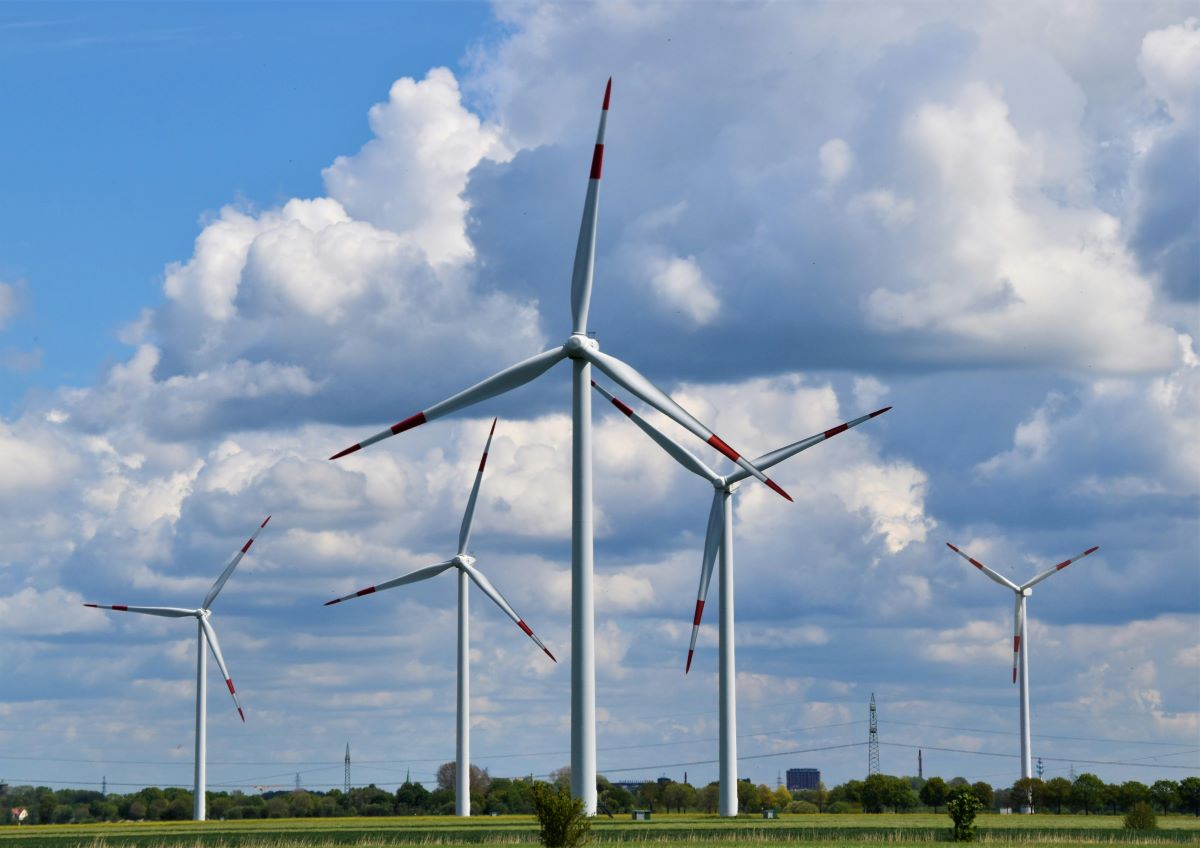Southeast Asia’s onshore wind capacity could climb exponentially to reach 26 gigawatts (GW) by 2030 from a mere 6.5 GW in 2024 fuelled by project awards, attractive feed-in tariffs (FITs), auctions as well as growing acceptance of China-made wind turbines, Rystad Energy said in a statement today.
This would be great news for power-hungry data centers as wind is an alternative renewable energy that can accommodate 24/7 energy demands, said Raksit Pattanapitoon, Lead Renewables & Power Analyst, APAC, Rystad Energy. Rystad is a global independent research and energy intelligence firm.
“This acceleration in onshore wind installations comes at a crucial time, as countries across the region aim to expand renewable energy adoption and advance their energy transition. Government policies are further boosting momentum, with several new regulations introduced this year to support development. With more mature technology, falling equipment costs and improved performance even at lower wind speeds, onshore wind is increasingly a competitive option for meeting renewable energy targets,” Pattanapitoon said.
“Leveraging wind to power data centers will enhance its value further as onshore wind can offer a favourable generation profile for many 24/7 applications,” he added.
Historically, the onshore wind sector in Southeast Asia has seen only weak growth since four years ago due to a combination of factors including regulatory hurdles, weak grid infrastructure, high costs associated with developing local supply chains, and continued reliance on cheaper fossil fuels like coal, which is seen as being more stable. However, this could change, with Rystad Energy’s analysis projecting onshore wind capacity increasing rapidly in the years ahead.
Between 2021 and 2024, Southeast Asian countries experienced a slowdown in wind energy projects despite adding 1.1 GW led by Vietnam, followed closely by the Philippines and Thailand. In these markets, a rapid rollout of initial projects (about 4 GW in Vietnam, 1.5 GW in Thailand and 400 MW in the Philippines) within a short timeframe was followed by a prolonged project drought due to a lack of policy continuity, resulting in no new construction in Vietnam since 2021, in Thailand since 2019 and in the Philippines since 2015, the statement said.
Vietnam in particular witnessed payment disputes between state utility Vietnam Electricity (EVN) and wind project developers arising from proposals to retrospectively reduce Feed-in-tariff (FIT) rates for operational projects. This was one of the challenges that effectively ended the boom between 2018 and 2021 when many solar and wind projects came online. Shaken by regulatory uncertainties, investors fled from the sector. Furthermore, unlike solar, which has a relatively simple and modular supply chain, wind power projects entail more complex logistics, infrastructure and technical expertise – needing time for ecosystem development and a steady project pipeline for sustained growth.
But things are starting to look up with Laos in August commissioning Southeast Asia’s largest wind project, built solely to export the power to Vietnam.
The statement added that while Southeast Asia’s onshore wind sector is poised for rapid expansion, its long-term success will hinge on consistent policies, stronger grid integration and establishing local supply chains. “Continued government support and collaboration within the industry are crucial to building a resilient wind market and ensuring wind energy becomes a key pillar of the region’s renewable transition,” said Pattanapitoon.




